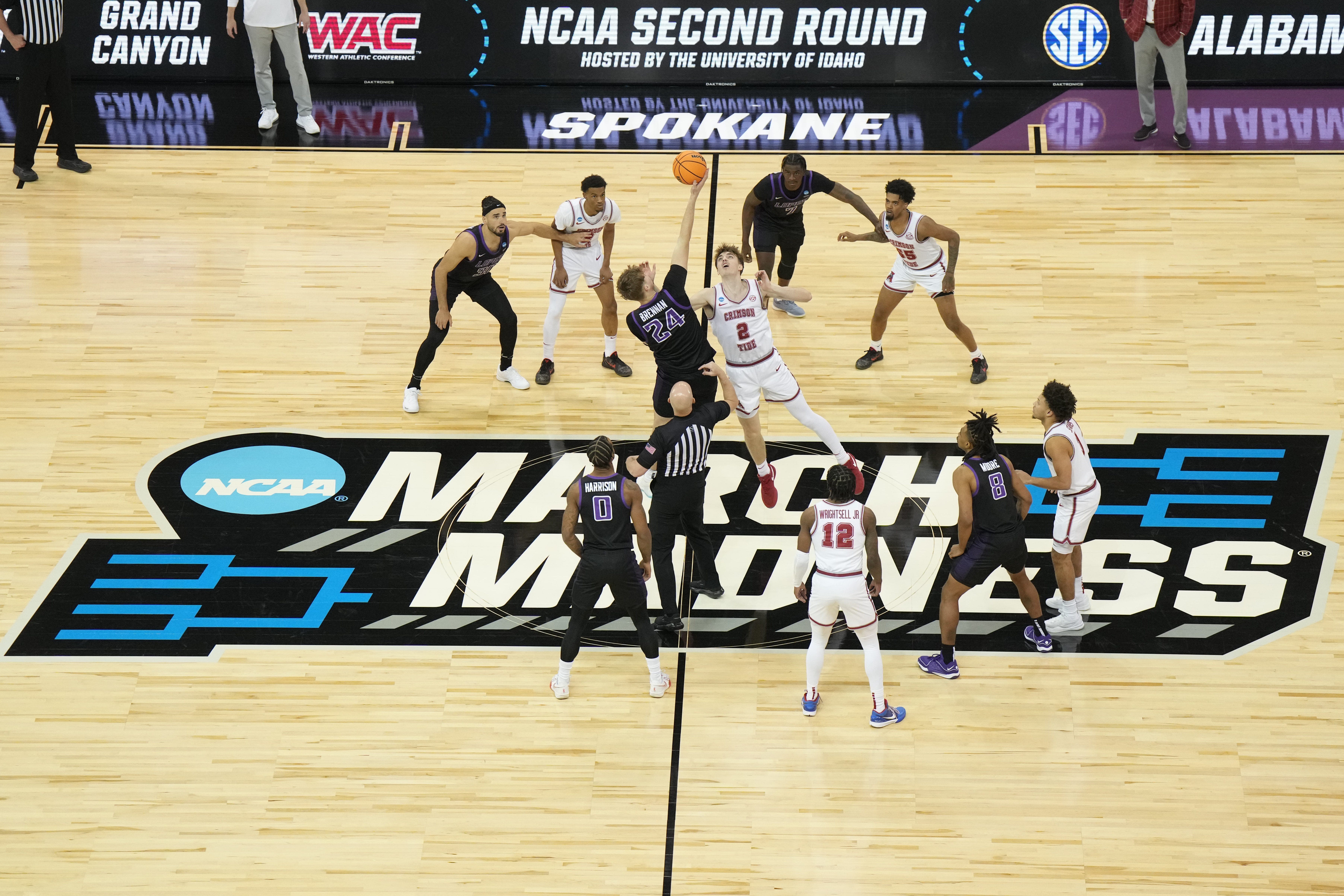Search results
Canyon. 1959. On view. MoMA, Floor 4, 408 The David Geffen Wing. Rauschenberg collected objects from New York City streets. He would take “whatever the day would lay out.”. For this work, he combined painting, collage, and a stuffed eagle that his friend, the artist Sari Dienes, found in the trash.
News about Grand Canyon University, WCC, West Coast Conference
News about avalanche, Andrew Cameron, Austin Mallet
Also in the news
- Combines
- Reading Canyon
- Cultural Debris
Canyonbelongs to a group of artworks called “Combines,” a term unique to this artist who attached extraneous materials and objects to canvases in the years between 1954 and 1965. What makes Rauschenberg so significant for this period—the postwar years—is how he challenged conventional ways of thinking about advanced modern art; especially the art o...
Canyon is not an entirely abstract work of art. But what exactly is the subject matter? On the face of it, it seems to be a wryly comic re-telling of the Greek myth in which the god Zeus, disguised as an eagle, abducts a youth named Ganymede. The subject had of course appeared in art before. There are, for example, Greek vases, Roman reliefs and Eu...
Rauschenberg did know other artists who took a similar approach and challenged the narrow parameters of the formalists wing of the New York School and its rejection of popular culture and illusionism. His immediate circle included the painter Jasper Johns, the choreographer Merce Cunningham and the avant-garde composer John Cage. On the West Coast ...
Canyon is a 1959 artwork by American artist Robert Rauschenberg. The piece is one of his most celebrated and best known works, and is one of his Combines. Rauschenberg coined the phrase Combine in 1954 to describe his artworks that incorporate elements of both sculpture and painting.
- Oil, pencil, paper, metal, photograph, fabric, wood, canvas, buttons, mirror, taxidermied eagle, cardboard, pillow, paint tube and other materials.
- Robert Rauschenberg
- 1959
Although some art historians have sought to “read” Canyon as one would a traditional representional artwork, Rauschenberg’s work seems to resist fixed decoding in favor of a more open-ended play of meaning.
Nov 25, 2020 · Date: 1959. Style: Neo-Dada. Genre: installation. Media: mixed media. Location: Museum of Modern Art (MoMA), New York City, NY, US. Share: Article. Among Rauschenberg's most iconic and controversial combines, Canyon features amongst its mixed media; pieces of wood, a pillow, a mirror, and a stuffed bald eagle.
May 12, 2008 · Canyon. Among Rauschenberg's most iconic and controversial combines, Canyon features amongst its mixed media; pieces of wood, a pillow, a mirror, and a stuffed bald eagle. The eagle appears to emerge directly from the canvas, perched on top of a cardboard box and peering down on a pillow dangling below the assemblage.
Jan 24, 2014 · Rauschenberg: Canyon, the latest volume in the MoMA One on One series, sheds light on the genesis of this startling and enigmatic work by tracing the artist’s education, influences, and travels through Italy, Morocco, and Spain. Rauschenberg first started using found materials while attending Black Mountain College near Asheville, North ...
People also ask
Does rauschenberg'read' Canyon?
Is Canyon a parody of Rauschenberg?
How did Rauschenberg change the term 'action painting'?
How did Rauschenberg change the subject matter of white paintings?

